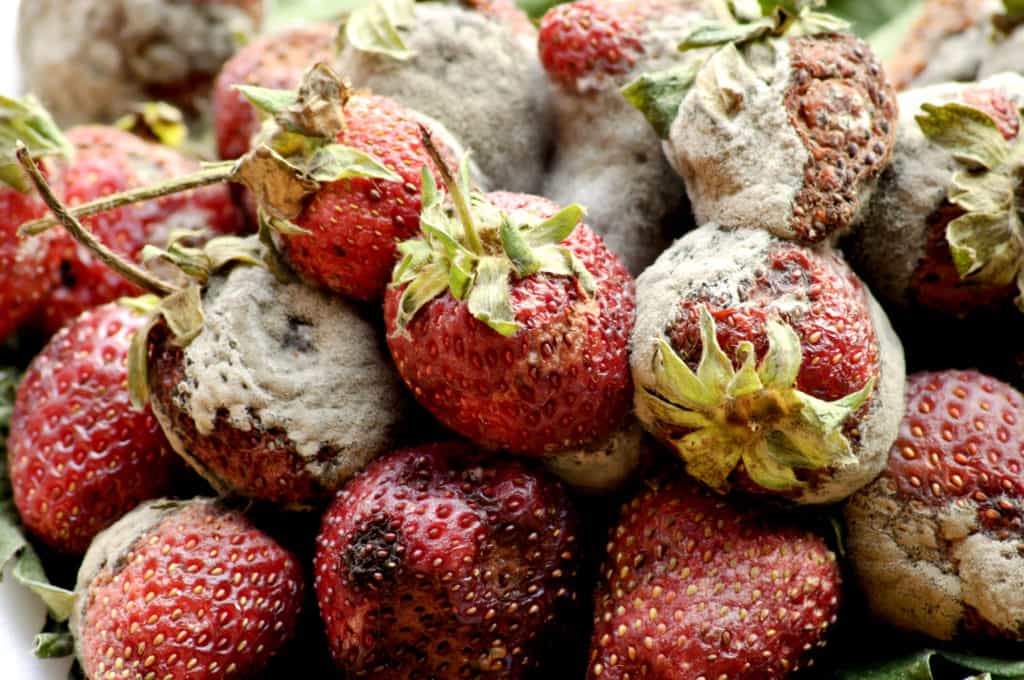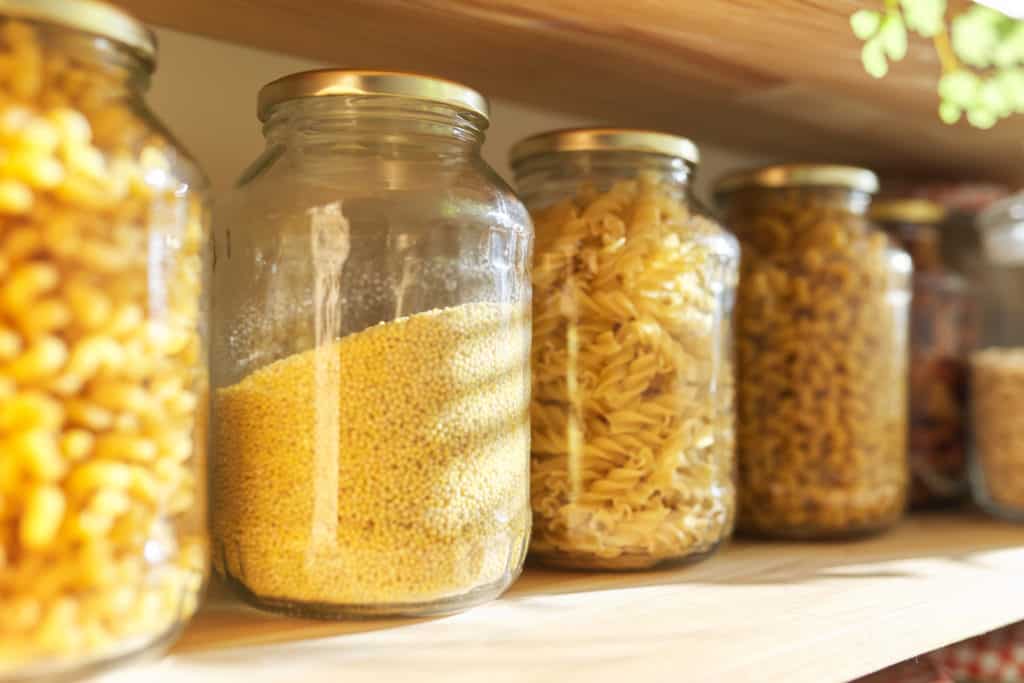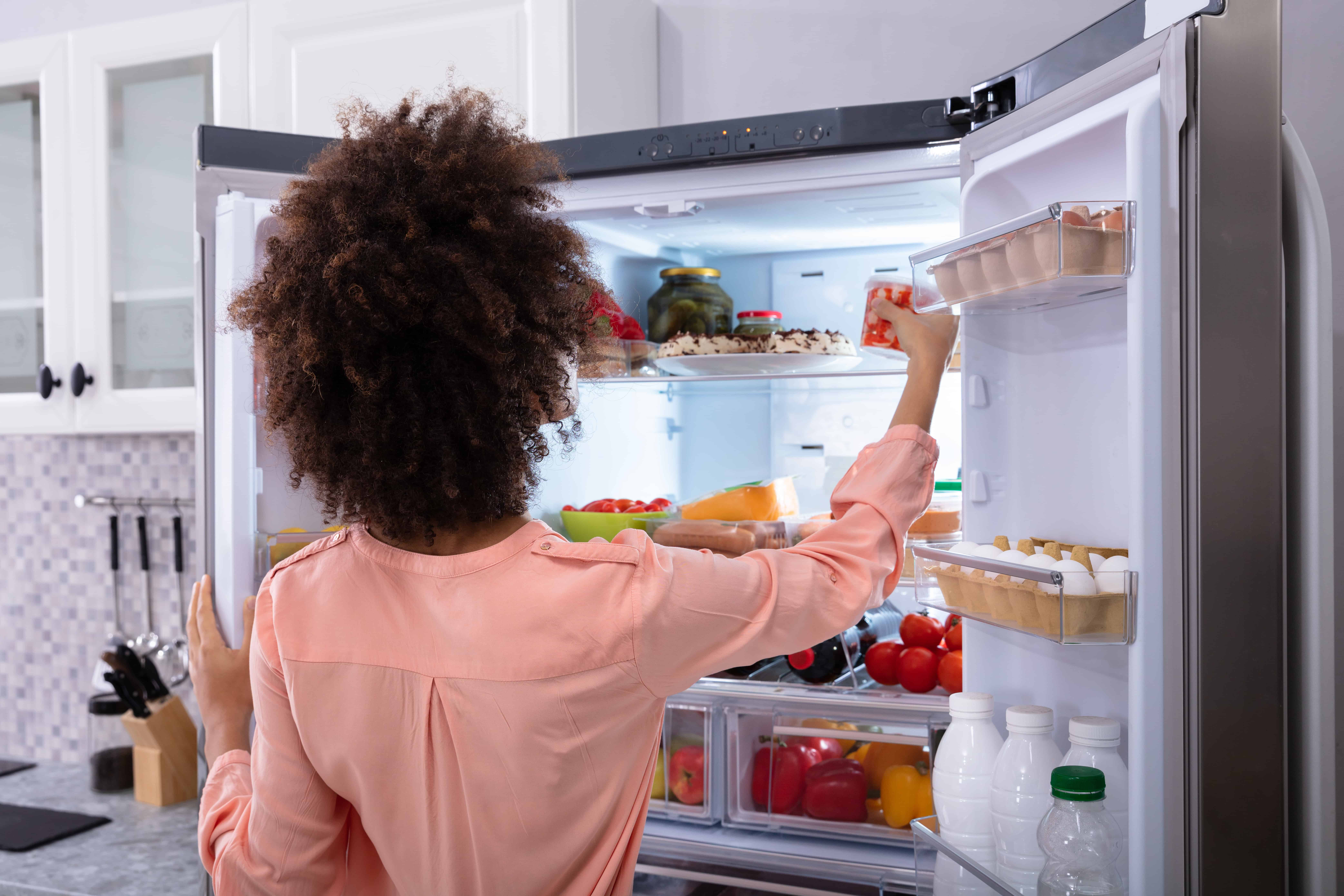Securing Wintertime Snacks
Securing Wintertime Snacks
Hunkering Down Together
Just like humans, pests aren’t particularly keen on frigid weather. Insects are ectothermic creatures, which means they are cold blooded creatures like lizards. Being ectothermic leaves these creepy crawlies particularly susceptible to the cold, and winter can often be a fatal time of year for many types of bugs. As such, both insects and rodents, have found different ways to not only cope but survive the inevitable cold each year. Unfortunately, some of them will inevitably seek out shelter in our homes and, when that’s the case, you want to take extra precautions to ensure both your kitchen and your pantry are safe from hungry, raiding pests.

Secure the Perimeter!
The first step to securing your kitchen and snacks is by securing your home from potential pest invasions to begin with. Here are a few key steps to pest prevention:
- Seal up cracks and gaps around your home’s exterior
- Replace old or damaged weatherstripping and door sweeps to ensure a good seal
- Do not leave food out (including pet food)
- Maintain a clutter-free yard
- Prevent humid conditions by ensuring sufficient ventilation
- Keep shrubs and trees pruned away from the home
- Keep wood piles, compost, and trash cans away from your home

Out with the Old
Pests tend to love rotting food. Not only is it pungent, leading them to the source, but depending on the packaging and the type of food, the spoiled item can escape its packaging by leaking, mold growing outwards, etc. Also, the more crowded an unkept pantry is, the more places pests have to hide and will be more drawn to the area as a whole. Regularly cleaning out your pantry and disposing of old food is a fantastic practice that will keep the risk of pests low.

Keep it Airtight
This actually helps two-fold! Many pests, like mice and rats, use their olfactory senses in order to detect and hunt down sources of food. Airtight containers prevent the smell of your yummy pantry snacks from wafting around and potentially leading pests right two it. But, in addition to this, it also forms a secondary barrier of defense for your food. Simple plastic bags and cardboard boxes are easy for pests to infiltrate while strong plastic, glass, and tin cannisters offer far more protection.

Fridges and Freezers
Unless these appliances are highly damaged and dysfunctional, they are pest-proof storage options for your food. This can even be done with some items that are not typically refrigerated such as breads, cakes, chocolate, fruits, organic nut butters, tortillas, etc. This is especially helpful for items that you are unable to, or are difficult to, place in airtight containers (ie. fruit normally stored in fruit bowls, tortillas that don’t have containers their shape and size, etc.).

8 Creative Ways to Have a Pest-Free Fourth of July
8 Creative Ways to Have a Pest-Free Fourth of July 8 Creative Ways to Have a Pest-Free Fourth of July Summary: The Fourth [...]
A Simple Guide to Preventing Stinging Pests
A Simple Guide to Preventing Stinging Pests A Simple Guide to Preventing Stinging Pests Summary: Stinging insects are more active in warm weather, [...]
These 10 Natural Mosquito Repellents Can Actually Help
These 10 Natural Mosquito Repellents Can Actually Help These 10 Natural Mosquito Repellents Can Actually Help Summary: Natural mosquito repellents are easier to [...]
How to Get Rid of Carpet Beetles
How to Get Rid of Carpet Beetles How to Get Rid of Carpet Beetles Summary: Carpet beetles are sneaky pests that don’t usually [...]
How Do Roaches Affect Asthma and Allergies?
How Do Roaches Affect Asthma and Allergies? How Do Roaches Affect Asthma and Allergies? Summary: It’s no secret that pests impact human health, [...]
These 5 Carnivorous Pests Might Surprise You!
These 5 Carnivorous Pests Might Surprise You! These 5 Carnivorous Pests Might Surprise You! Summary: There are many eco-friendly ways to prevent pests, [...]

